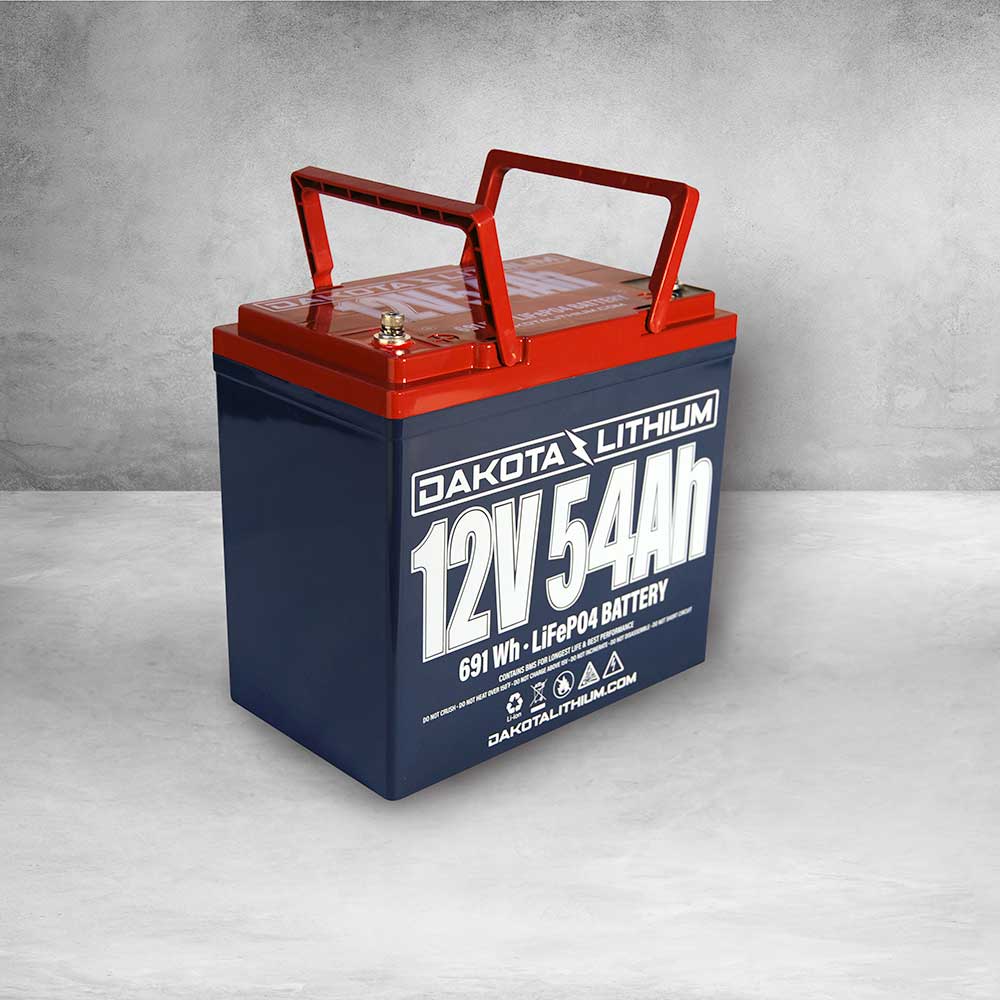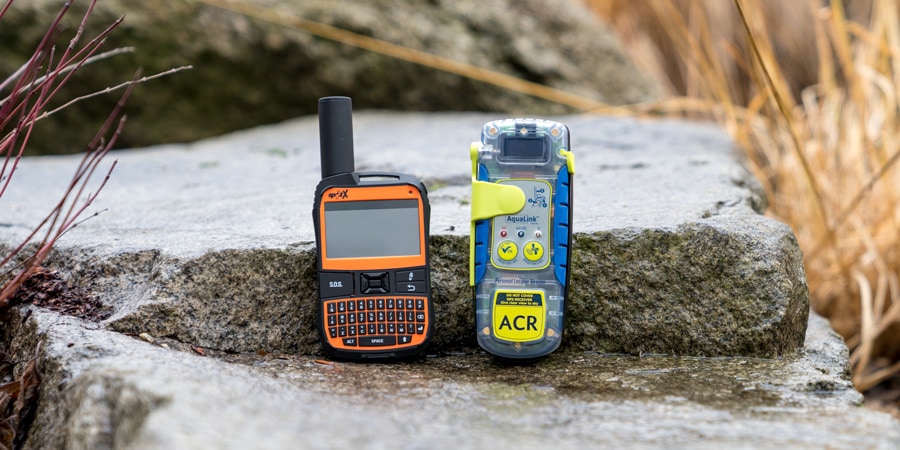Hi!
I recently got my technicians license. I have a very specfic use-case that I'm working towards centered around communication at my ranch. West Texas... tall hills in middle of ranch block reception across ranch. Cell service is rarely available. The hills in the middle are the tallest in the county. Here are my goals:
1) Build a mobile radio/repeater in a Pelican case type box.
2) I want to be able to place mobile unit on top of the hill when I at the ranch, put in repeater mode, so my son and I can talk across entire ranch with mobile radios for safety purposes.
3) I want to also talk to emergency help in nearby town on emergency channels. The largest town in area is about 7 miles away, and is visible/line of sight from the top of the hill at the ranch.
4) When I go back to the city (I live in city full-time), I want to be able to plug my unit into a permanent antennae at the house and use to access repeaters in Dallas.
For a mobile setup, I'm looking at a Pelican case (size unknown yet), with a Kenwood TM-710 radio, a CB radio, PowerGate PG40s 12v supply, Rigrunner setup. Question is what size battery? I won't transmit much. The occasional "are you alive" or "see any deer". I'd like to keep on mountain top for at least 24 hours... but prefer keep it up there for 2-3 days on battery power. QUESTION: What size battery do you recommend? 7amph? 12?. Any other considerations?
Thanks!!!
I recently got my technicians license. I have a very specfic use-case that I'm working towards centered around communication at my ranch. West Texas... tall hills in middle of ranch block reception across ranch. Cell service is rarely available. The hills in the middle are the tallest in the county. Here are my goals:
1) Build a mobile radio/repeater in a Pelican case type box.
2) I want to be able to place mobile unit on top of the hill when I at the ranch, put in repeater mode, so my son and I can talk across entire ranch with mobile radios for safety purposes.
3) I want to also talk to emergency help in nearby town on emergency channels. The largest town in area is about 7 miles away, and is visible/line of sight from the top of the hill at the ranch.
4) When I go back to the city (I live in city full-time), I want to be able to plug my unit into a permanent antennae at the house and use to access repeaters in Dallas.
For a mobile setup, I'm looking at a Pelican case (size unknown yet), with a Kenwood TM-710 radio, a CB radio, PowerGate PG40s 12v supply, Rigrunner setup. Question is what size battery? I won't transmit much. The occasional "are you alive" or "see any deer". I'd like to keep on mountain top for at least 24 hours... but prefer keep it up there for 2-3 days on battery power. QUESTION: What size battery do you recommend? 7amph? 12?. Any other considerations?
Thanks!!!





